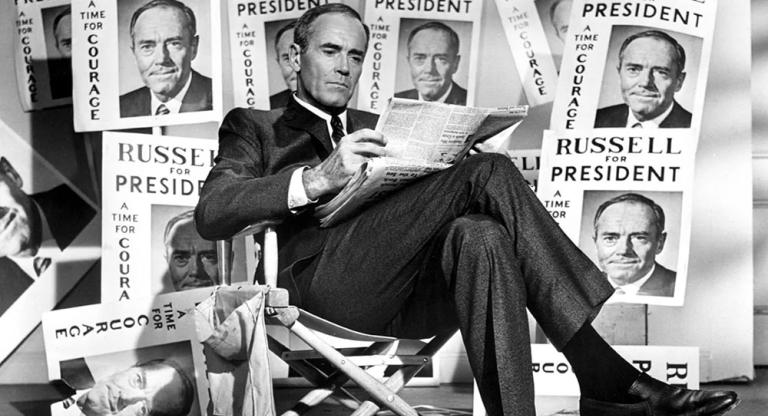The Bride with White Hair, a 1993 wuxia, finds director Ronny Yu, actors Leslie Cheung and Brigitte Lin, and a host of top-tier local talent at the pinnacle of their careers before their industry’s collapse. The film is a snapshot of Hong Kong movie-making at its most visually decadent, before a multitude of economic pressures—declining ticket sales, the encroachment of Hollywood blockbusters, the 1997 Asian financial crisis—made such maximalism impossible; its unabashed splendor has a retrospective poignancy to it.
Cheung stars as Cho Yi-Hang, a master swordsman who reluctantly agrees to defend the Wudang martial arts school and seven other affiliated clans from a murderous cult. The cult is led by Ji Wushuang, a conjoined brother and sister who were exiled from Wudang (Francis Ng and Elaine Lui). Despite being tasked with destroying the cult, Yi-Hang immediately falls in love with one of its members: Lian Ni-Chang (Brigitte Lin), a mysterious warrior woman who was raised by wolves. When both characters begin to question their allegiances in the conflict, the film’s star-crossed romance falls into place. Disgusted by Ji Wushuang’s sexual advances, Ni-Chang breaks free from the cult at the urging of Yi-Hang. Meanwhile, Yi-Hang becomes outraged with the increasingly ruthless methods of his school when they begin murdering those suspected of being associated with the cult. The couple’s impossible choice between facing foreign invaders on one hand or a faceless state power on the other unmistakably feels like a reflection of the real-world anxieties surrounding the impending 1997 Handover of Hong Kong. The romance in the film draws much of its power from its political resonance, as Yi-Hang and Ni-Chang both struggle to escape their roles as pawns for destructive authoritative powers. Their brief moments of bliss feel like acts of resistance against a world intent on casting them against each other.
The Handover was a frequent allegorical subject in films from the era, but it’s instructive to look at how Yu’s handling of his movie’s political subtext differs from that of the great punk-filmmaker turned studio bigwig Tsui Hark. Tsui’s films from the period share The Bride with White Hair’s resplendent visual sensibilities, but their images have a political valence that Yu’s lack. For example, Green Snake (1993) channels its heroines’ sexuality and opposition to conservative Taoism into a torrent of gorgeous, erotically charged compositions. Likewise, the rapid cuts and unprecedented depiction of violence in The Blade (1995) work to criticize the wuxia genre’s valorization of the warrior lifestyle. The Bride With White Hair is more concerned with tapping into the emotions of its doomed romance than teasing out its political implications. Yu’s characters appropriately seek an escape from the injustices of the world whereas Tsui’s claw desperately against them. Tsui’s stylization reckons with wuxia’s underlying ideologies, whereas Yu upends the genre by emphasizing its most striking compositional characteristics."
Cinematographer Peter Pau—whose best known work includes The Killer (1989) and Crouching Tiger, Hidden Dragon (2000)—plays the film’s artifice to the hilt, piling on as many color gels, smoke machines, and canted angles as its slim runtime can handle. The extreme style and tone Yu brings to The Bride with White Hair hardly feel like the work of an anonymous journeyman. A scene that finds the two lovers embracing in a hot spring—their bodies tessellated by reflected light—operates on the same heightened principle, and is achieved with the same peerless practical craftsmanship, as Ni-Chang’s gruesome dismemberment of the Wudang school’s fighters. Such was the true genius of the Hong Kong system, in which dazzling technical proficiency and commercial might served the wildest whims of its artists, expanding rather than narrowing the scope of their expression.
The Bridge with White Hair screens tonight, February 3, and on February 4, at Metrograph as part of the series “Days of Being Wild: Leslie Cheung.”



